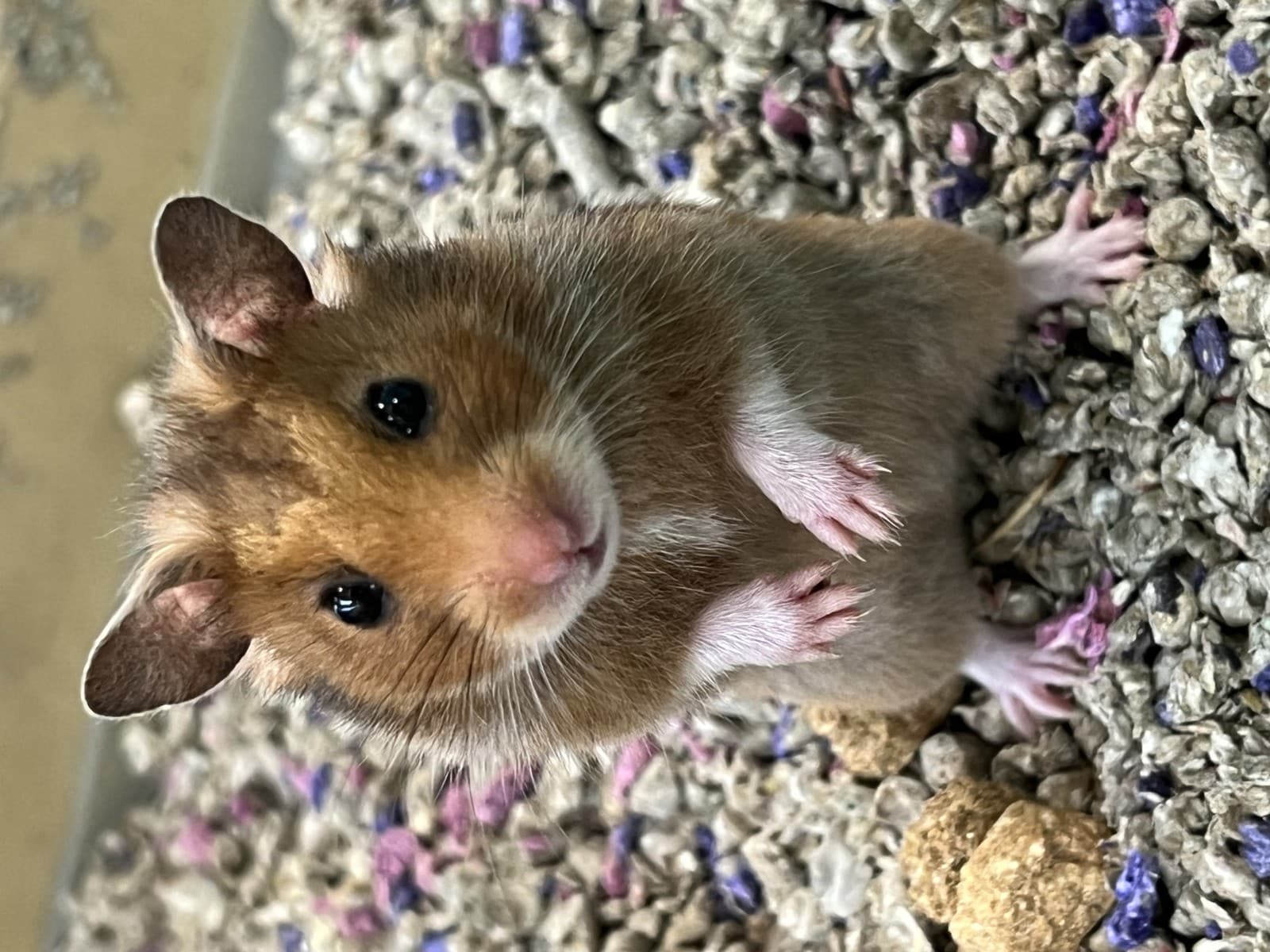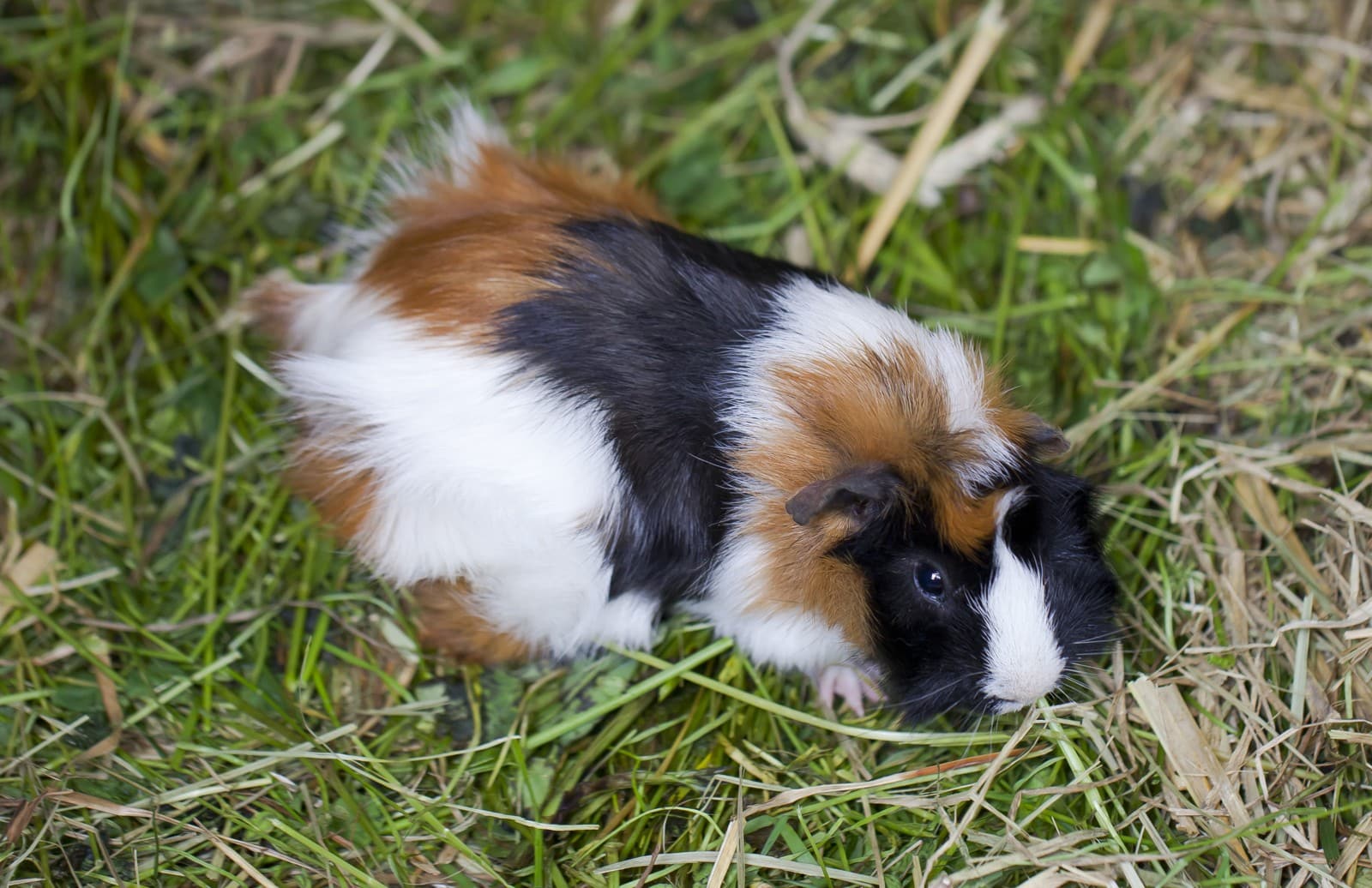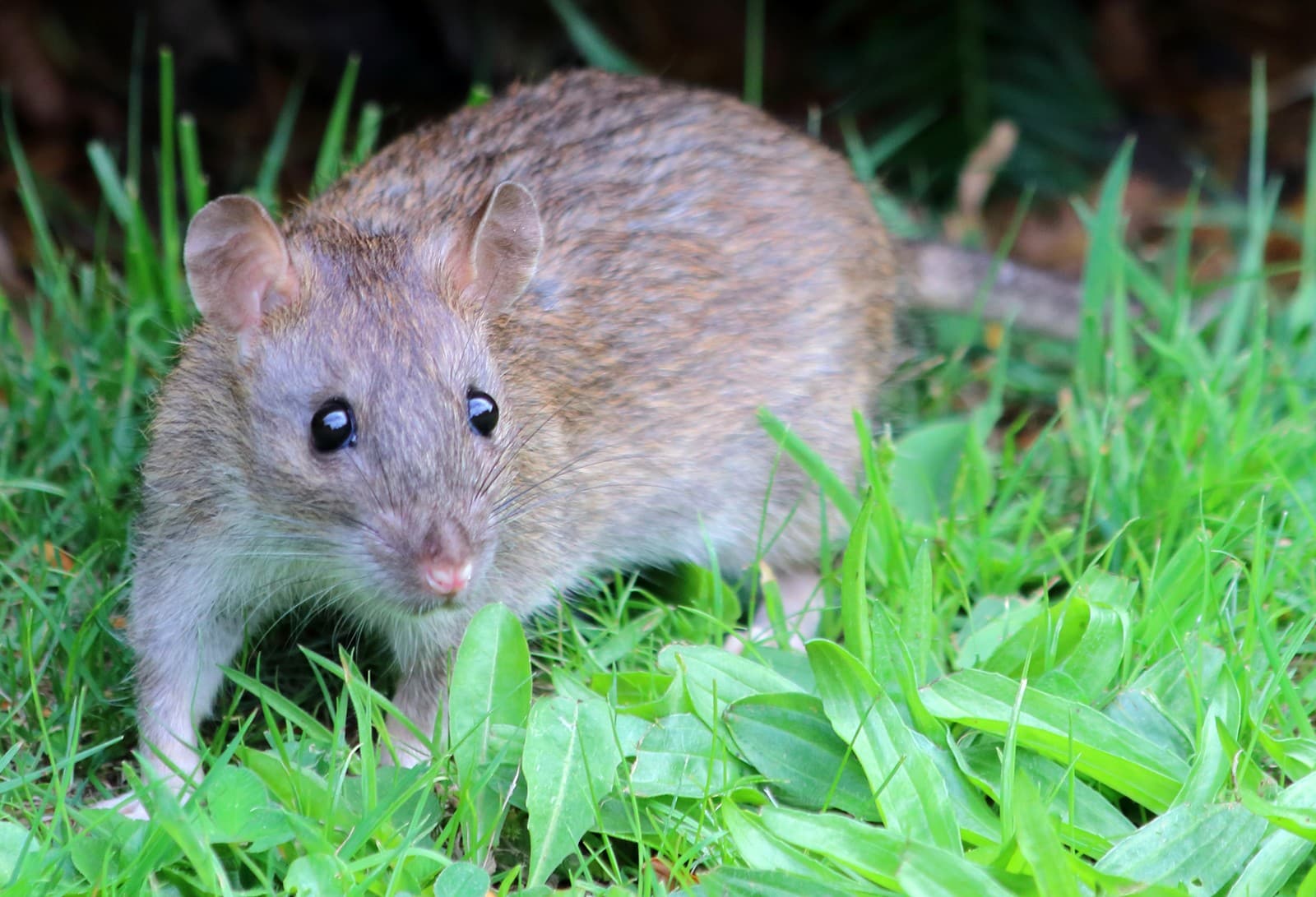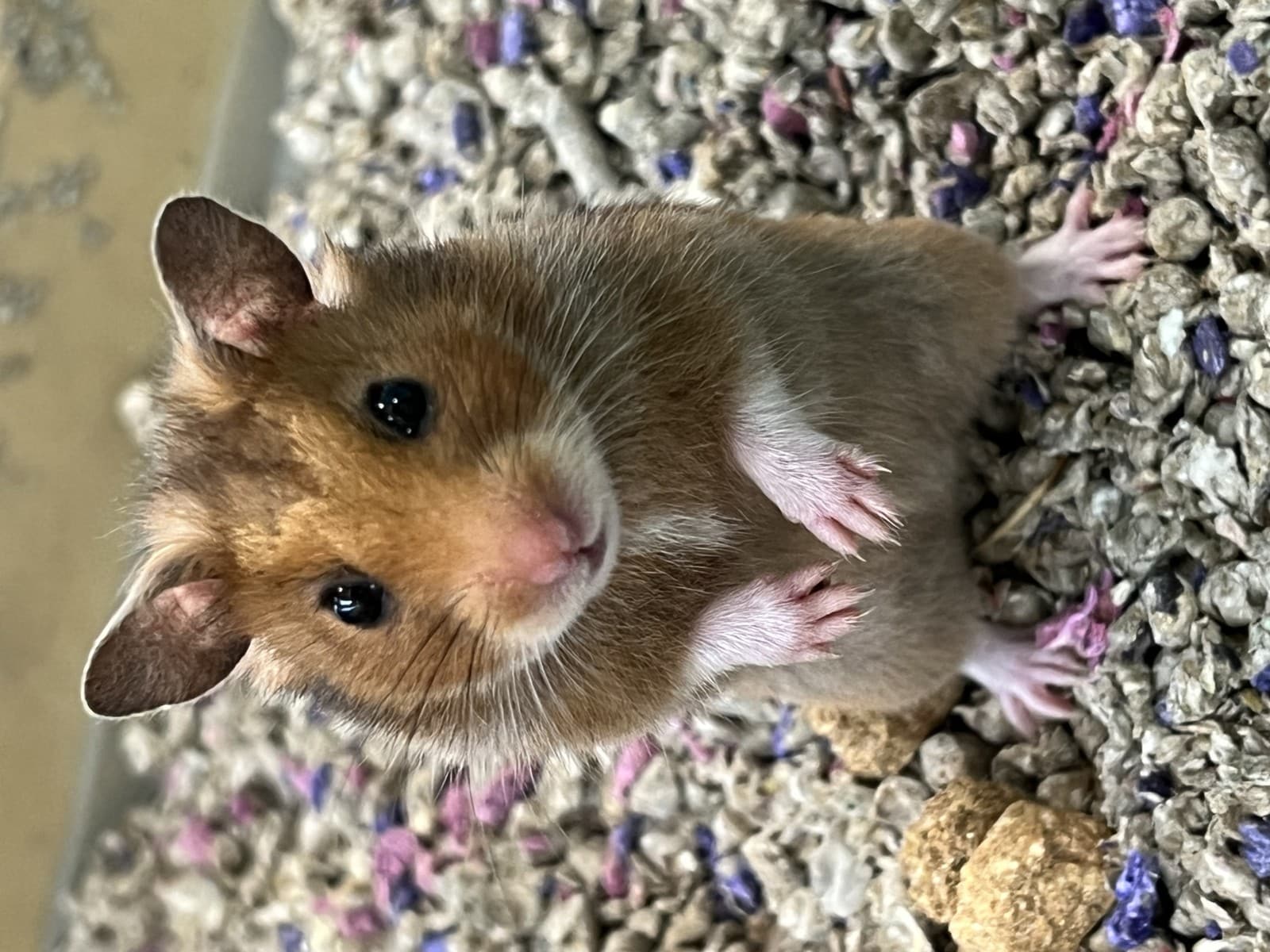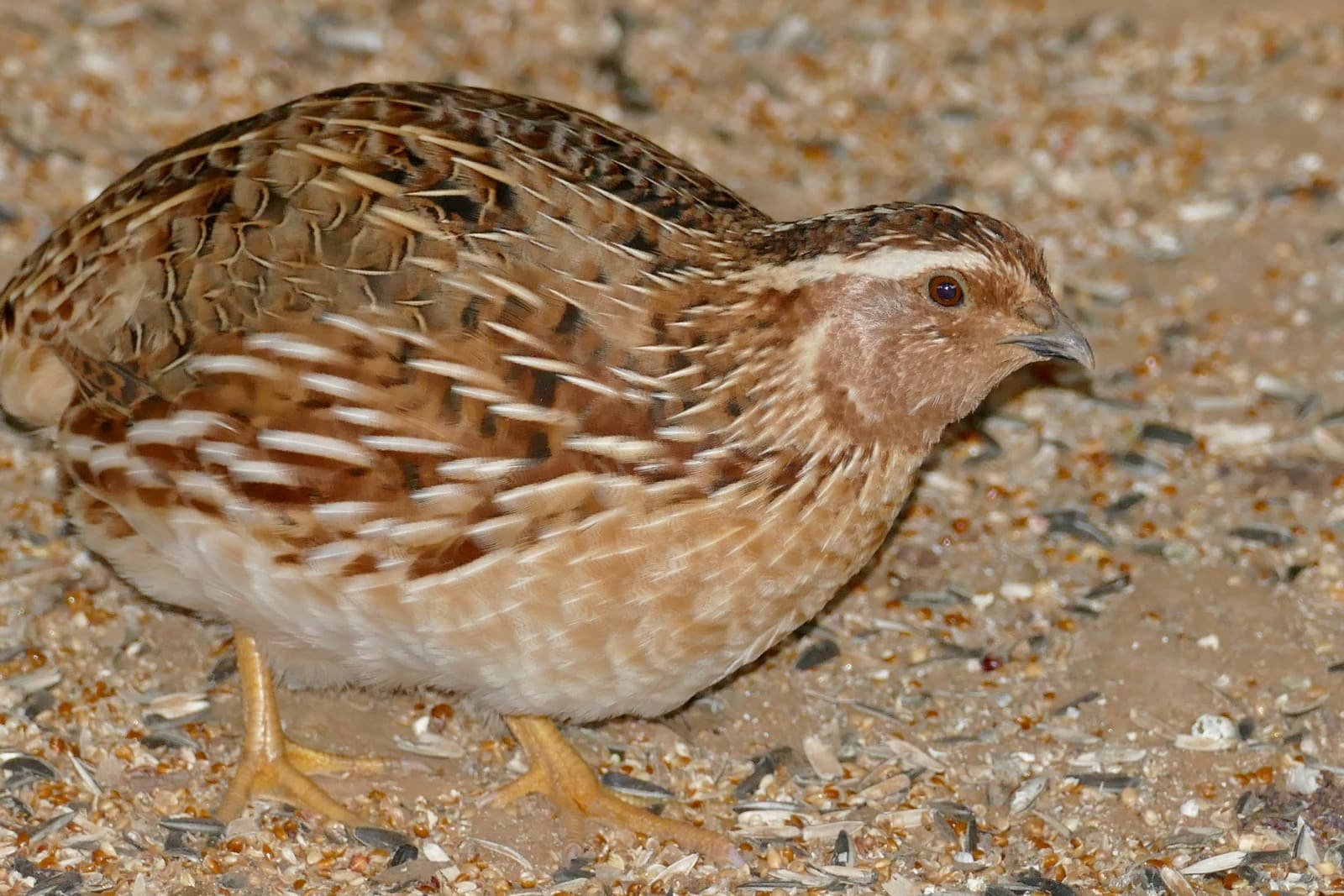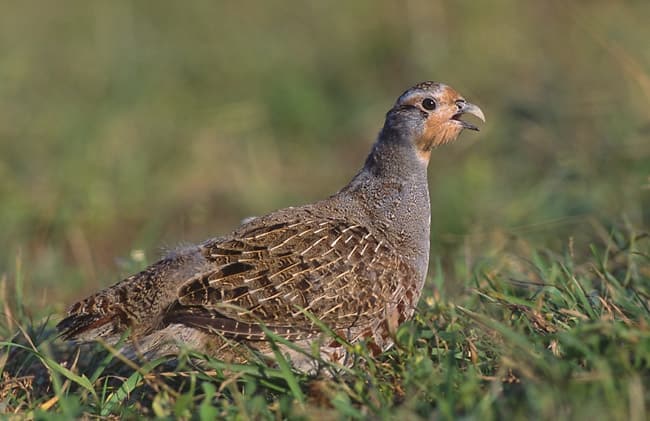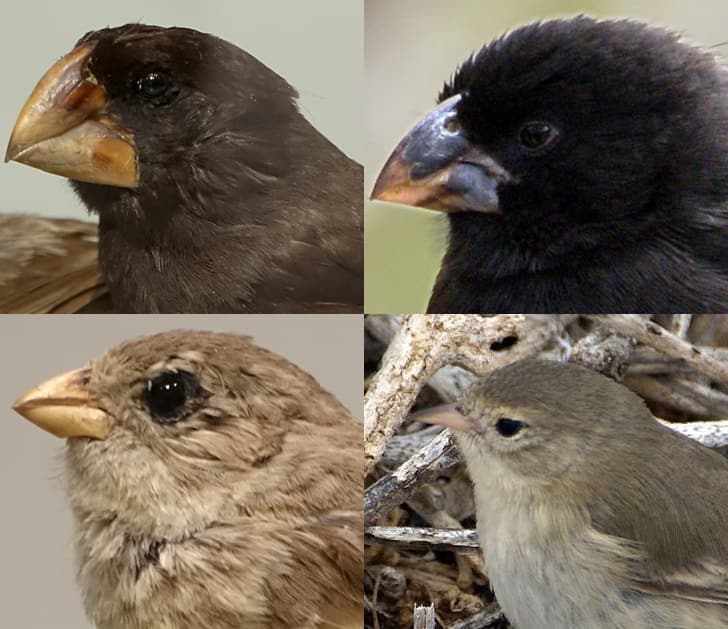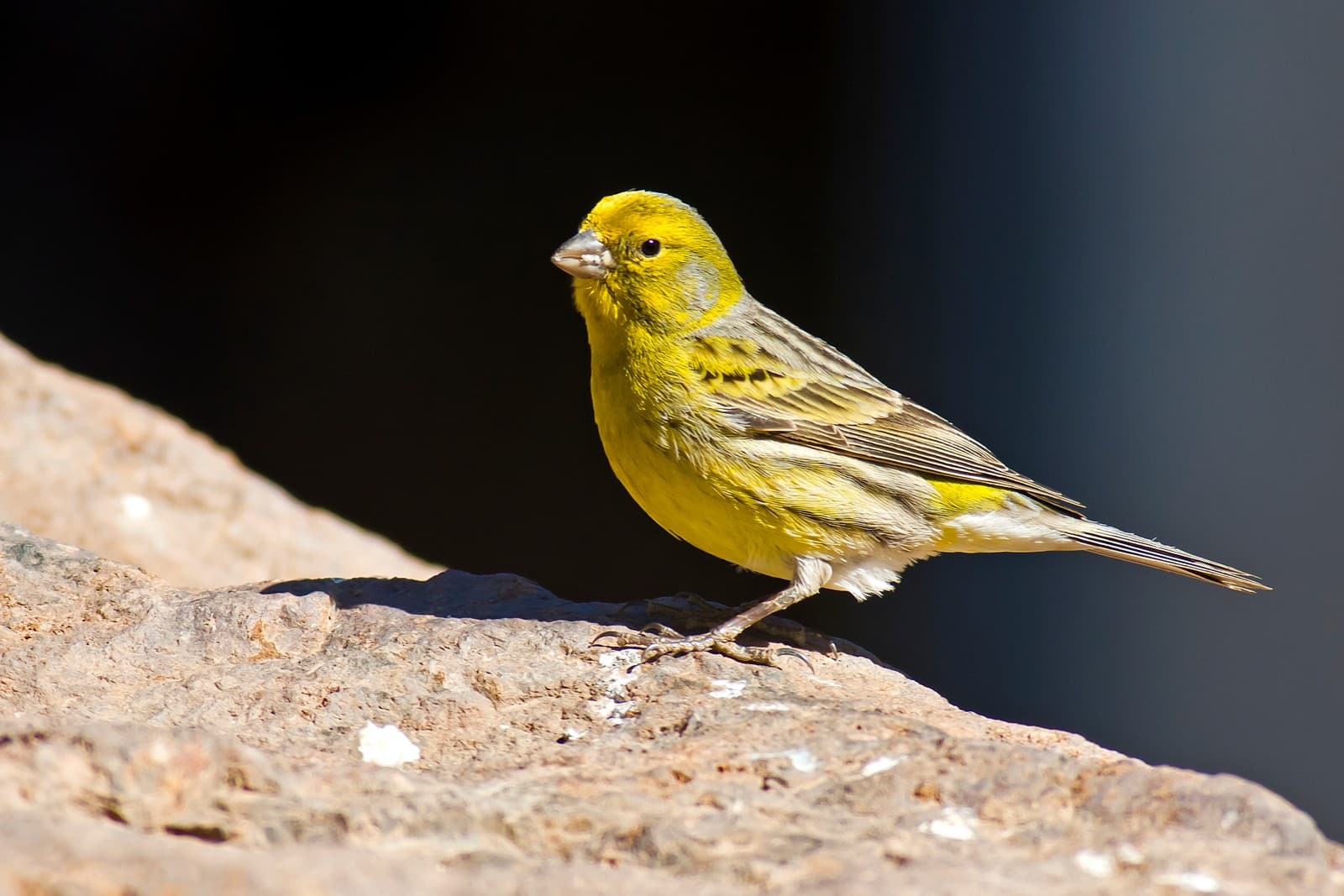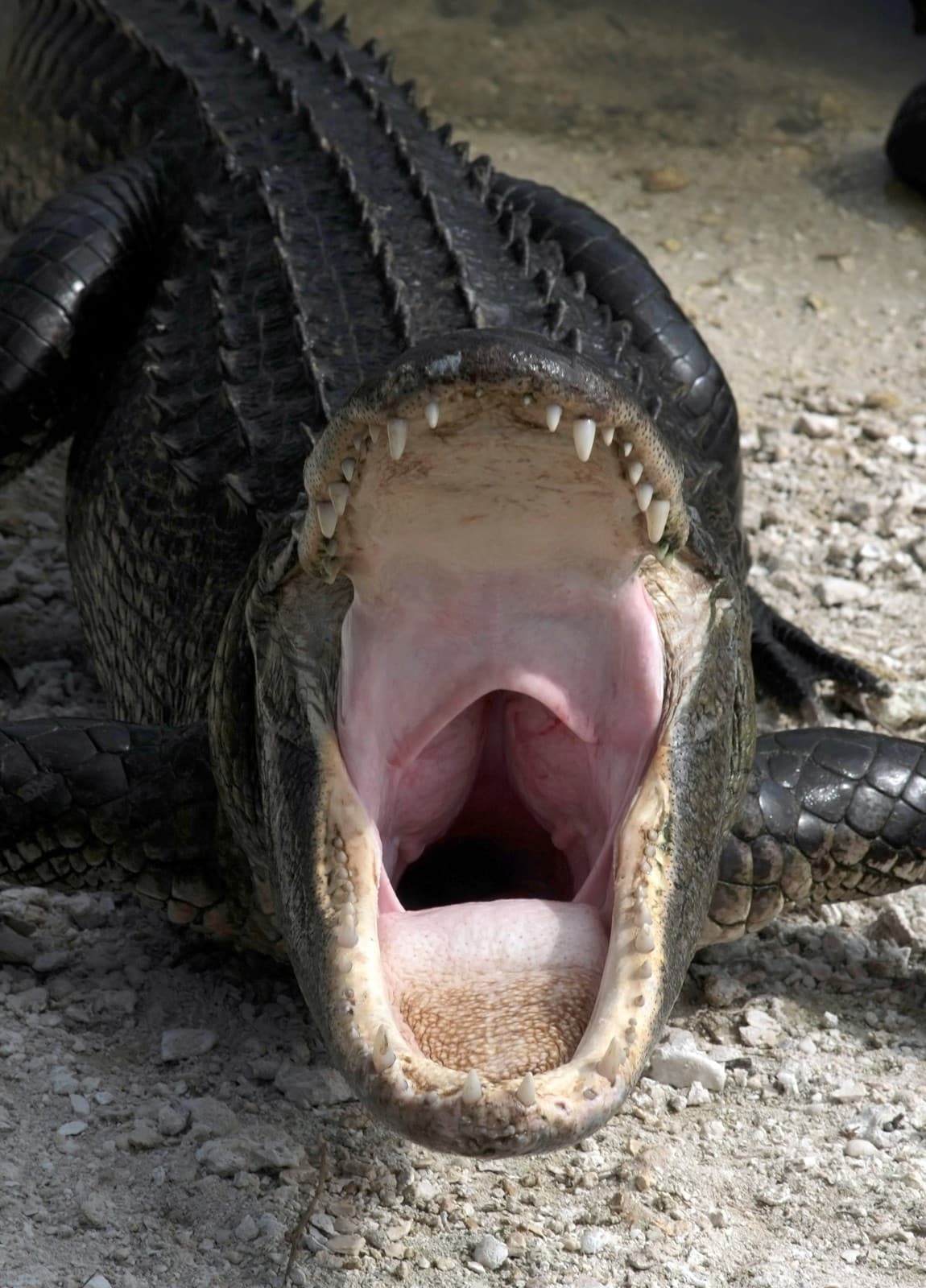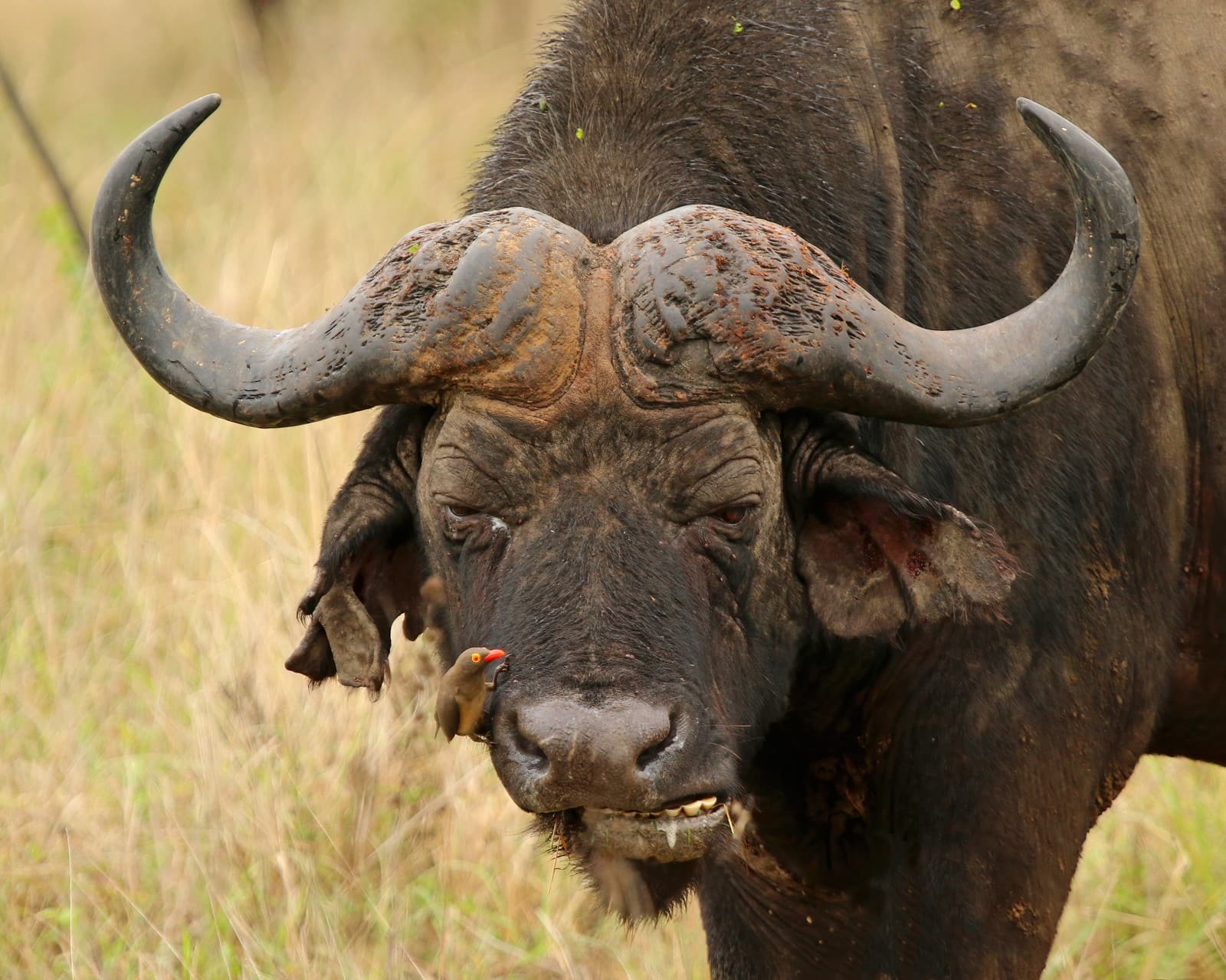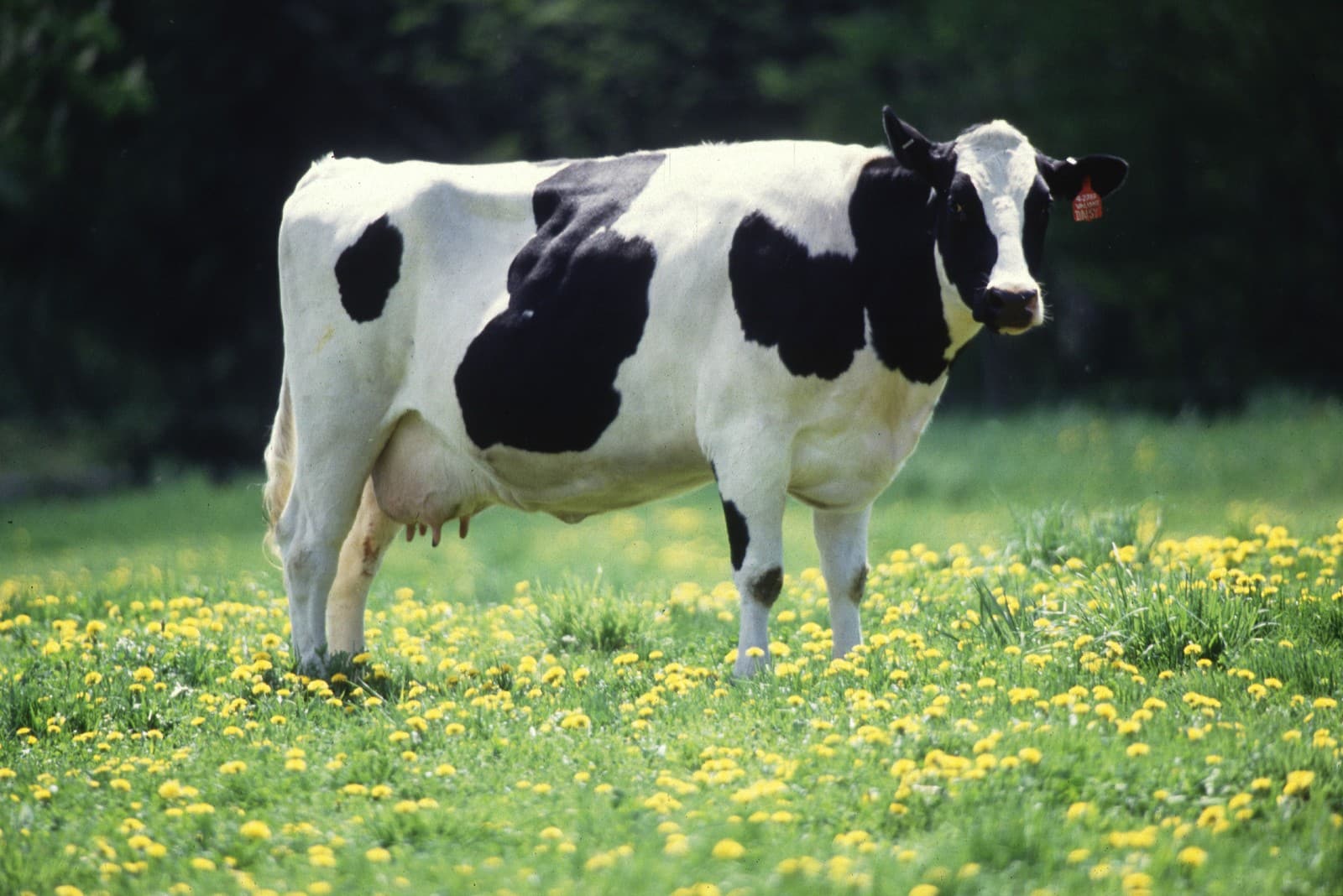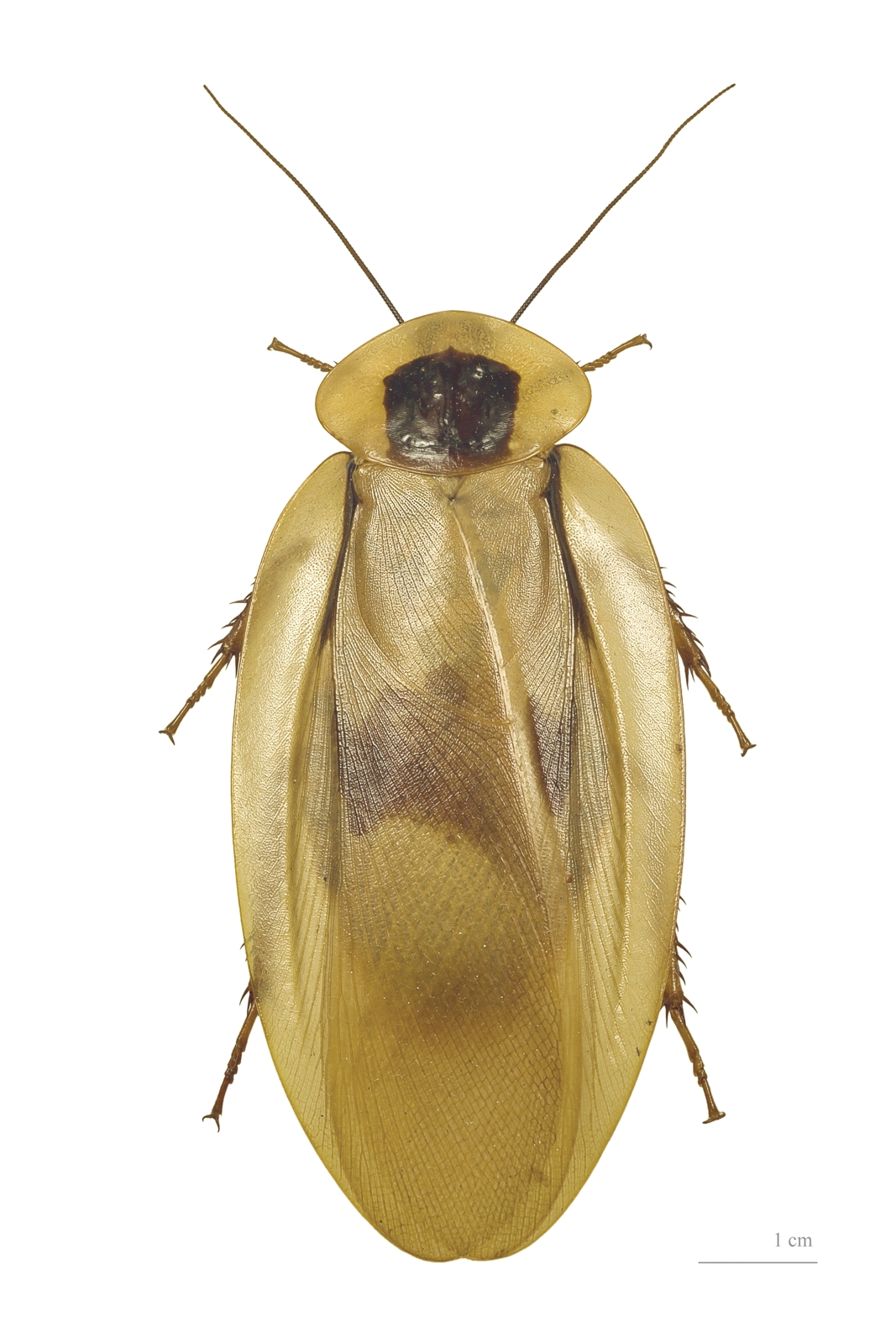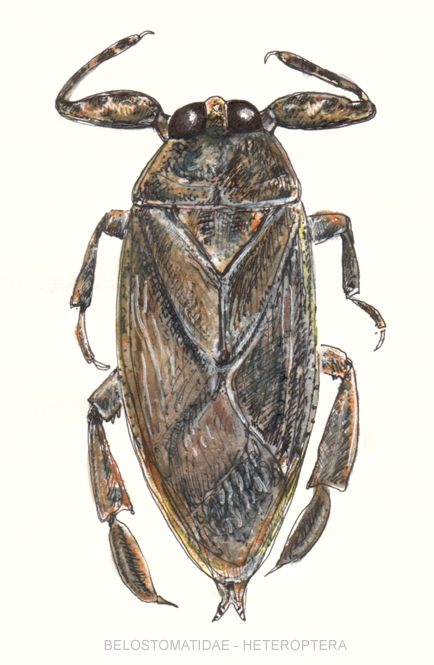Hamster vs Gerbil: A Complete Comparison
When choosing between a hamster vs gerbil as a pet, understanding their distinct characteristics is crucial. While both are small rodents popular in the pet trade, they differ significantly in social needs, activity patterns, and care requirements. Hamsters are solitary creatures with a lifespan of 2-3 years, while gerbils are social animals living 3-4 years and requiring companionship.
These pocket-sized pets also show marked differences in their daily routines. Hamsters are primarily nocturnal, becoming most active during evening hours, whereas gerbils maintain daytime activity patterns that better align with human schedules. This fundamental difference often influences the pet choice for many families.
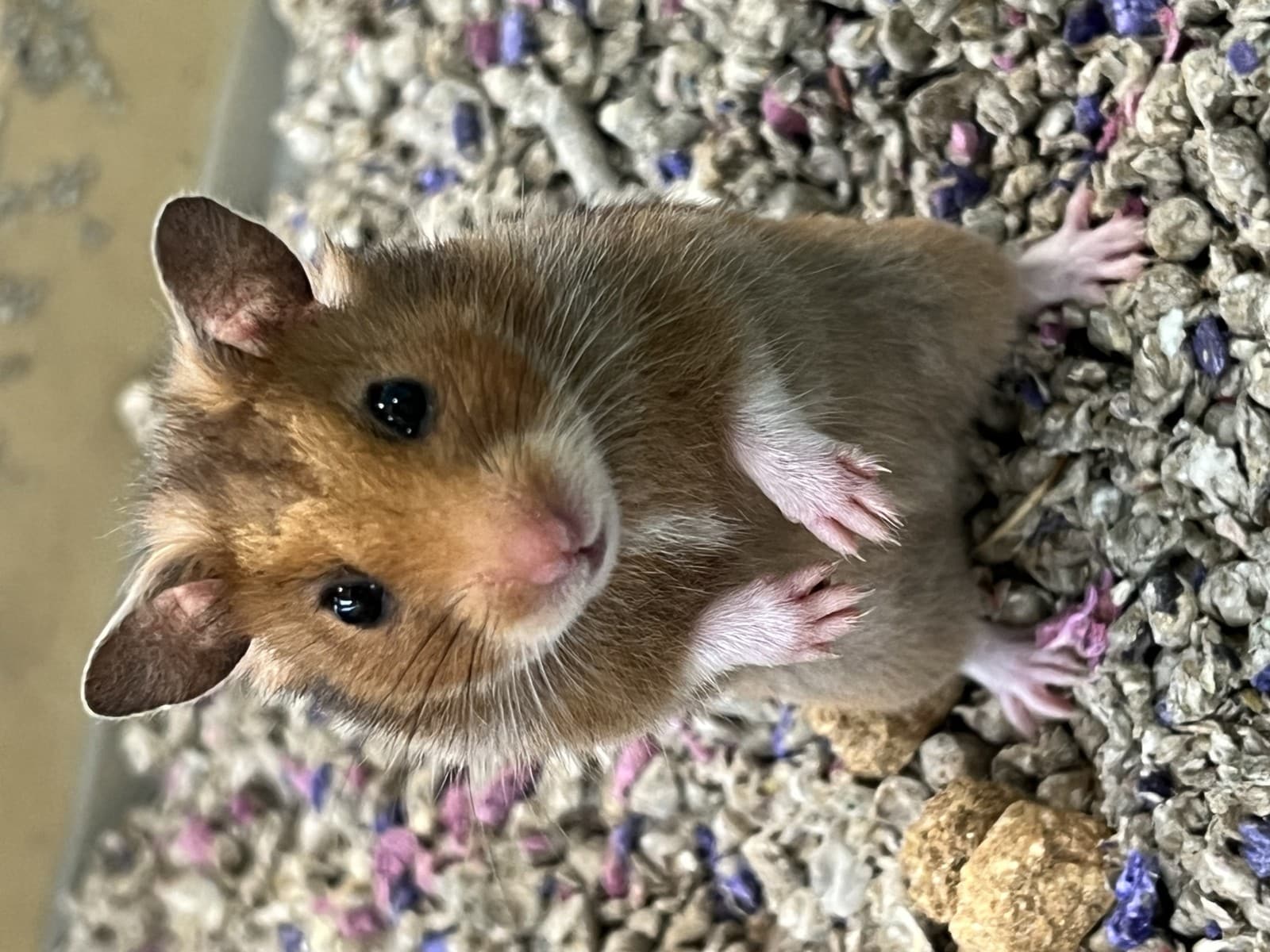
© Wschlitz / CC BY 4.0
The Syrian hamster, shown above, demonstrates the characteristic stocky build and rounded features typical of hamster species. Note the prominent cheek pouches, essential for food storage in their natural habitat.
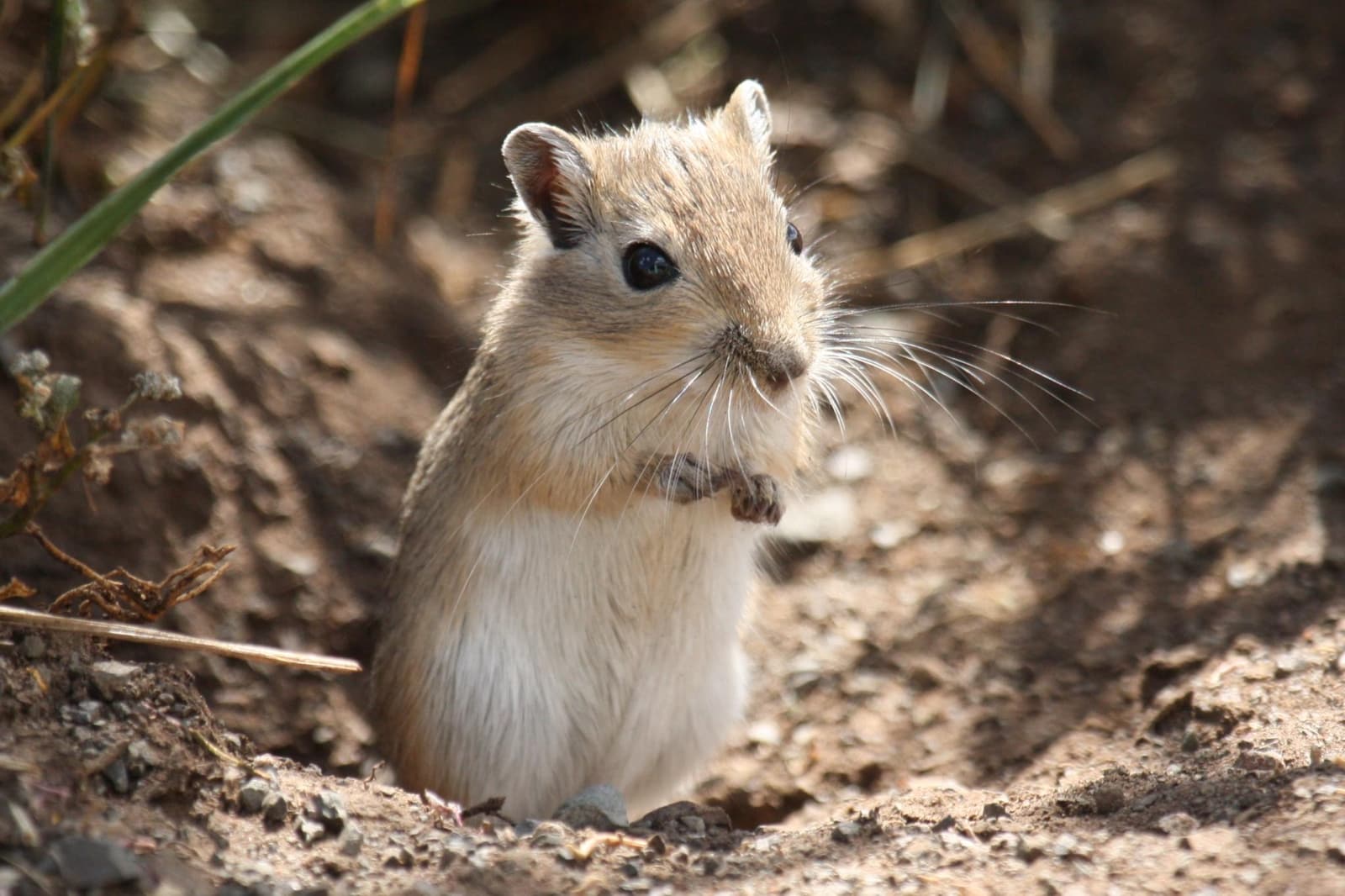
© Wschlitz / CC BY 4.0
Gerbils display a more elongated body shape and longer tail compared to hamsters. Their alert posture and social nature make them fascinating pets to observe.
Key Differences: Hamster vs Gerbil
| Feature | Hamster | Gerbil |
|---|---|---|
| Size | 2-7 inches (5-18 cm) | 3-4 inches (7.5-10 cm) |
| Lifespan | 2-3 years | 3-4 years |
| Social Needs | Solitary | Social, needs companions |
| Activity Pattern | Nocturnal | Diurnal/Crepuscular |
| Tail Length | Very short | Long (4 inches/10 cm) |
| Housing Requirements | 450 sq inches minimum | 600 sq inches for pair |
Personality and Behavior
Hamster Temperament
Hamsters are known for their independent nature and can become territorial as adults. They generally prefer solitary living and may become stressed when housed with others. Syrian hamsters, in particular, must always be housed alone to prevent fighting.
Gerbil Temperament
Gerbils thrive on social interaction and should be kept in same-sex pairs or small groups. They’re typically more active during daylight hours, making them more interactive pets. Their social nature often results in more complex and entertaining behaviors for owners to observe.
Care Requirements and Housing
Hamster Habitat Needs
- Minimum cage size: 450 square inches of floor space
- Deep bedding for burrowing (6+ inches)
- Exercise wheel (8-12 inches diameter)
- Multiple hiding spots
- Temperature range: 65-75°F (18-24°C)
Gerbil Habitat Needs
- Minimum cage size: 600 square inches for a pair
- Very deep bedding (12+ inches) for tunnel systems
- Sand bath area
- Multiple levels and climbing opportunities
- Temperature range: 65-75°F (18-24°C)
Health and Maintenance
Both species require similar basic care, but their health concerns differ:
Hamster Health Considerations
- More prone to diabetes
- Regular dental checks needed
- Susceptible to respiratory infections
- Require careful handling to prevent falls
Gerbil Health Considerations
- Stronger immune systems generally
- Less prone to obesity
- May develop tail problems if housed improperly
- Need constant gnawing materials for dental health
Cost Comparison
Initial setup costs and ongoing maintenance expenses vary between these pets:
Hamster Costs
- Initial setup: $100-150
- Monthly maintenance: $20-30
- Veterinary care: $35-50 per visit
Gerbil Costs
- Initial setup: $150-200 (larger habitat needed)
- Monthly maintenance: $25-35
- Veterinary care: $35-50 per visit
Making the Right Choice
Consider these factors when choosing between a hamster vs gerbil:
- Available time for interaction
- Preferred activity schedule
- Space availability
- Desire for social pets
- Long-term commitment capability
- Budget for setup and maintenance
The ideal choice depends largely on your lifestyle and preferences. Hamsters suit night owls and those seeking independent pets, while gerbils better match day-active families wanting interactive, social companions.
Remember that both species require dedicated care, appropriate housing, and regular veterinary attention to thrive as pets. Whichever you choose, commitment to proper care ensures a rewarding pet ownership experience.
